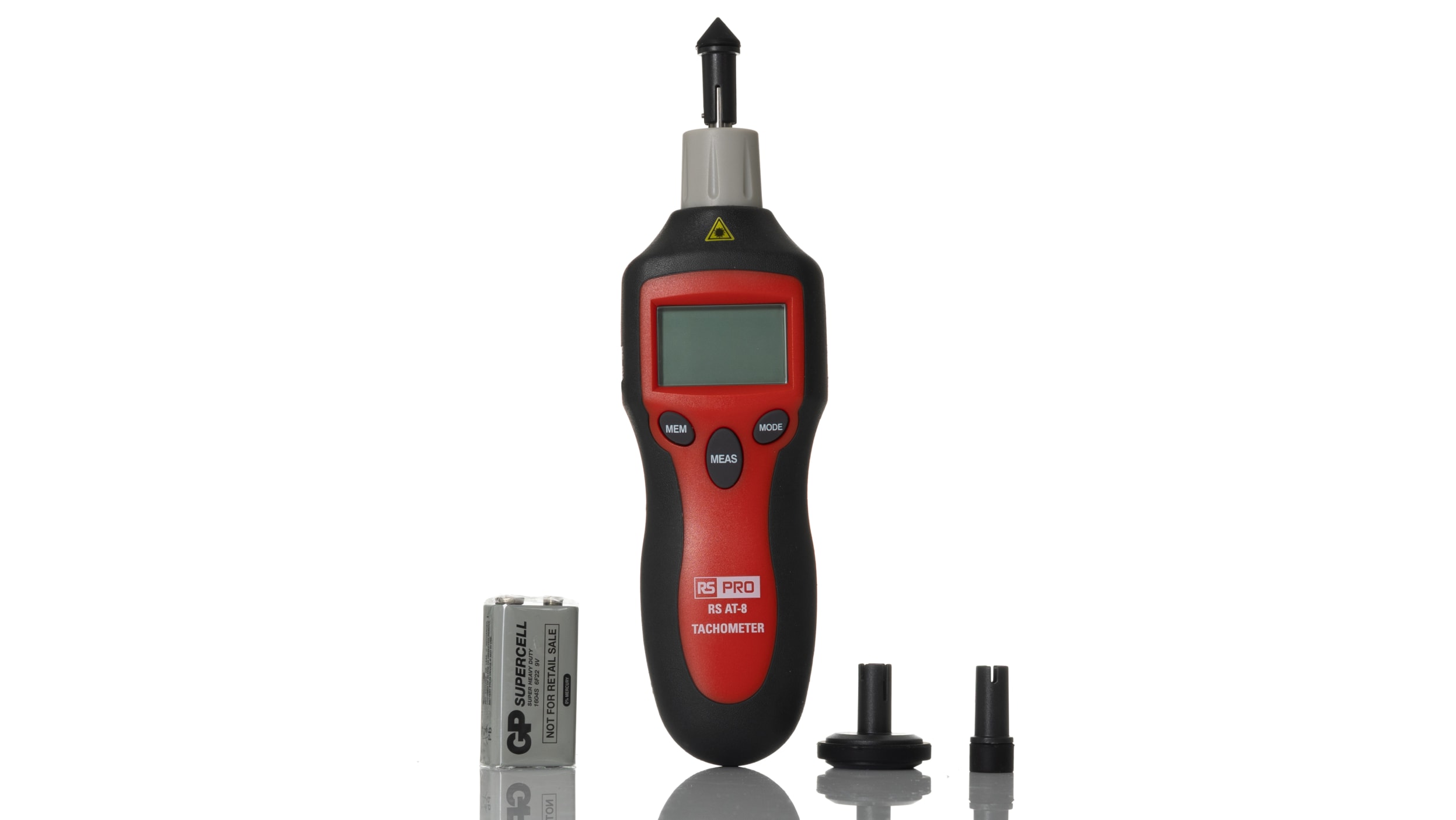Improve Your Driving Experience with a Dependable Tachometer
Improve Your Driving Experience with a Dependable Tachometer
Blog Article
Opening the Tricks of Tachometers: Every Little Thing You Required to Know About This Crucial Tool in Your Vehicle
Understanding the ins and outs of tachometers can supply important understandings right into your vehicle's efficiency and upkeep requirements. From measuring engine speed to decoding the data it provides, tachometers work as an essential device for vehicle owners and fanatics alike. By unraveling the mysteries behind this necessary instrument, you can unlock a wealth of details that can enhance your driving experience and guarantee the longevity of your vehicle.
Value of Tachometers
The importance of tachometers hinges on their capability to offer important real-time data about an engine's rotational rate, enabling for precise surveillance and maintenance of machinery. By gauging the transformations per minute (RPM) of an engine's crankshaft, tachometers offer useful insights right into the engine's efficiency - tachometer. This data is important for making certain that the engine operates within its optimum array, avoiding possible damages from over-revving or underperforming
Tachometers play a vital function in assisting operators and service technicians discover any abnormalities in the engine's rate, which could show issues such as gas ineffectiveness, mechanical issues, or extreme stress on the engine. By quickly recognizing these concerns via tachometer analyses, upkeep can be performed proactively, stopping expensive repairs and downtime in the long run.
Furthermore, tachometers are particularly critical in high-performance lorries and equipment, where precise control over engine speed is needed for ideal operation. Racing vehicles, airplane, and commercial equipment depend on tachometers to provide peak efficiency while maintaining safety criteria. Basically, tachometers are not simply tools for measuring rate yet important tools for ensuring the smooth and efficient operation of engines across numerous applications.
Just How Tachometers Step Engine Rate
Utilizing sensors that identify the regularity of electric pulses generated by the engine's ignition system, tachometers properly gauge the rotational speed of an engine. By checking the price at which these pulses are obtained, tachometers provide real-time responses on just how quickly the engine's crankshaft is turning per min, frequently referred to as transformations per min (RPM)
The tachometer's sensor, usually attached to the engine's ignition coil or ignition system cables, grabs the electrical signals generated each time a cylinder fires. These signals are then converted into RPM analyses presented on the gauge or instrument cluster within the chauffeur's sight. Tachometers can be analog or digital, with contemporary vehicles generally featuring electronic screens for accurate and instantaneous RPM readings.
This information is essential for motorists to understand the engine's efficiency, protect against over-revving, maximize gear changing, and make sure efficient gas usage. By properly determining engine speed, tachometers play an important function in aiding vehicle drivers run their cars safely and efficiently.
Interpreting Tachometer Analyses
Having a clear understanding of how tachometers determine engine speed sets the foundation for properly analyzing the RPM readings displayed. Translating tachometer readings is crucial for optimal vehicle performance and engine wellness. RPM (Changes Per Min) analyses on the tachometer suggest Web Site the speed at which the engine's crankshaft is turning. When the engine is idling, the tachometer needle usually relaxes around 600-1000 RPM, relying on the vehicle. As you speed up, the RPM will raise, showing the engine's greater rotational speed. When changing equipments in a manual transmission vehicle, the RPM will drop as you involve the clutch and change equipments, then climb once more as you accelerate in the brand-new gear. Keeping track of the tachometer can help you figure out the most reliable shifting factors to make best use of fuel economic climate and engine power. In addition, abnormal fluctuations or continually high RPM readings could indicate potential issues with the engine that might need expert attention. By taking notice of the tachometer analyses and comprehending how to interpret them, you can guarantee your lorry runs smoothly and successfully.


Tips for Making Use Of Tachometers Effectively
To boost driving efficiency and optimize engine efficiency, what key methods can be executed for properly utilizing tachometers? Tachometers are essential tools that supply real-time comments on engine rate, allowing chauffeurs to make educated choices for better efficiency - tachometer. Below are some tips for using tachometers effectively:
Understanding Optimum RPM Array: Acquaint yourself with the optimal RPM (Transformations Per Min) variety for your car. Keeping the engine within this range can enhance fuel effectiveness and lengthen the engine's life-span.
Shifting Equipments at the Right Time: Use the tachometer to determine the best time to change equipments. Aim to shift equipments when the RPM reaches the optimal variety for the next a fantastic read gear.
Keeping An Eye On Engine Anxiety: High RPMs for long term periods can stress the engine. Watch on the tachometer to avoid over-revving, especially throughout acceleration or when lugging heavy lots.
Tachometers and Automobile Maintenance
When thinking about car maintenance, tachometers play a crucial role in monitoring engine performance and detecting potential concerns. Tachometers supply crucial information on engine rate, allowing drivers and technicians to ensure that the engine is operating within the suggested RPM array. Routinely keeping an eye on the tachometer readings can aid recognize troubles such as engine misfires, worn-out ignition system, or concerns with the fuel shipment system. By taking note of the tachometer, motorists can prevent too much strain on the engine, find here which can lead to expensive repairs down the line.
In addition to spotting potential problems, tachometers can also assist in optimizing fuel efficiency. By maintaining the engine rate within the optimal range, vehicle drivers can improve their gas mileage and reduce fuel usage. This not just benefits the motorist's pocketbook however additionally adds to environmental preservation by reducing damaging emissions.
Conclusion

Report this page